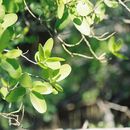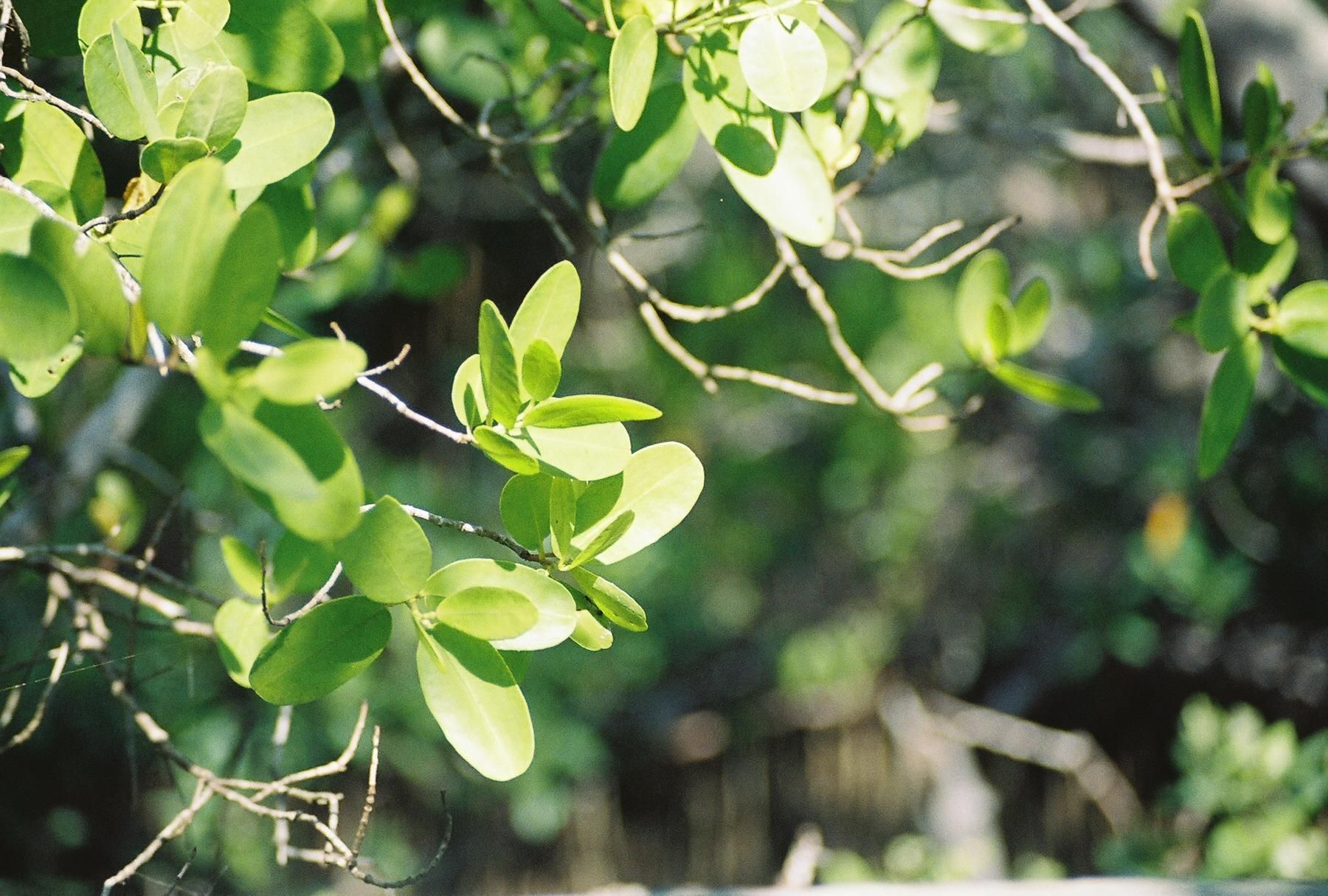en
names in breadcrumbs



Laguncularia racemosa (White Mangrove) is a species of tree in the family Combretaceae. They are native to Pará, SãO Paulo, Sergipe, Mata Atlântica, Amazônia, Florida, Middle America, Atlantic And Gulf Coastal Plain (Agcp), Maranhao, U.S. Virgin Islands, Piauí, Amapá, Santa Catarina, Paraná, Pernambuco, Rio De Janeiro, Bahia, Espirito Santo, The Contiguous United States, Ceará, Alagoas, and Puerto Rico. They have white flowers. Flowers are visited by Polistes major major, Acmaeodera xanthosticta, Honey bee, and American Snout. White Mangrove form mangrove swamps. Individuals can grow to 75 feet.
EOL has data for 81 attributes, including: